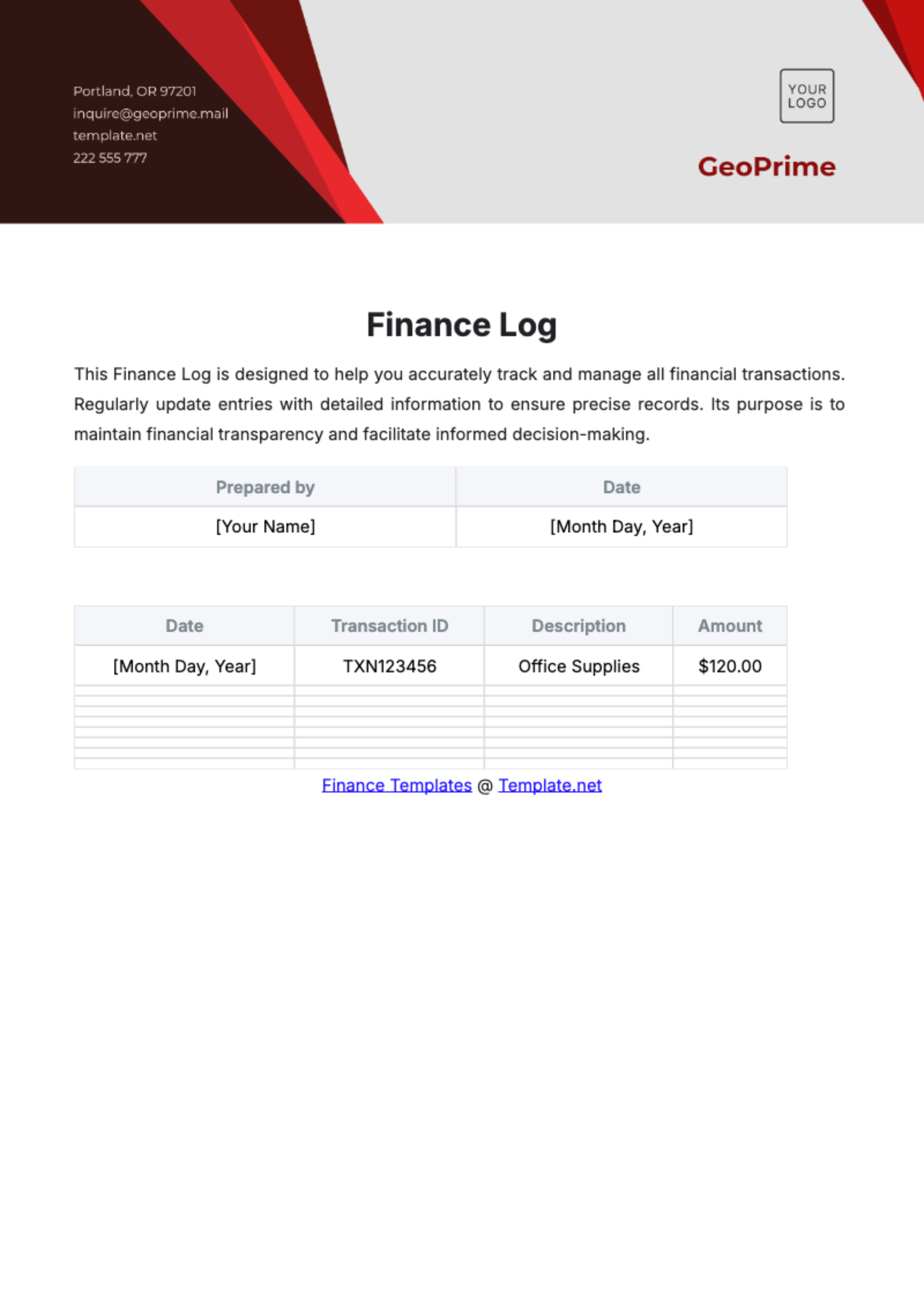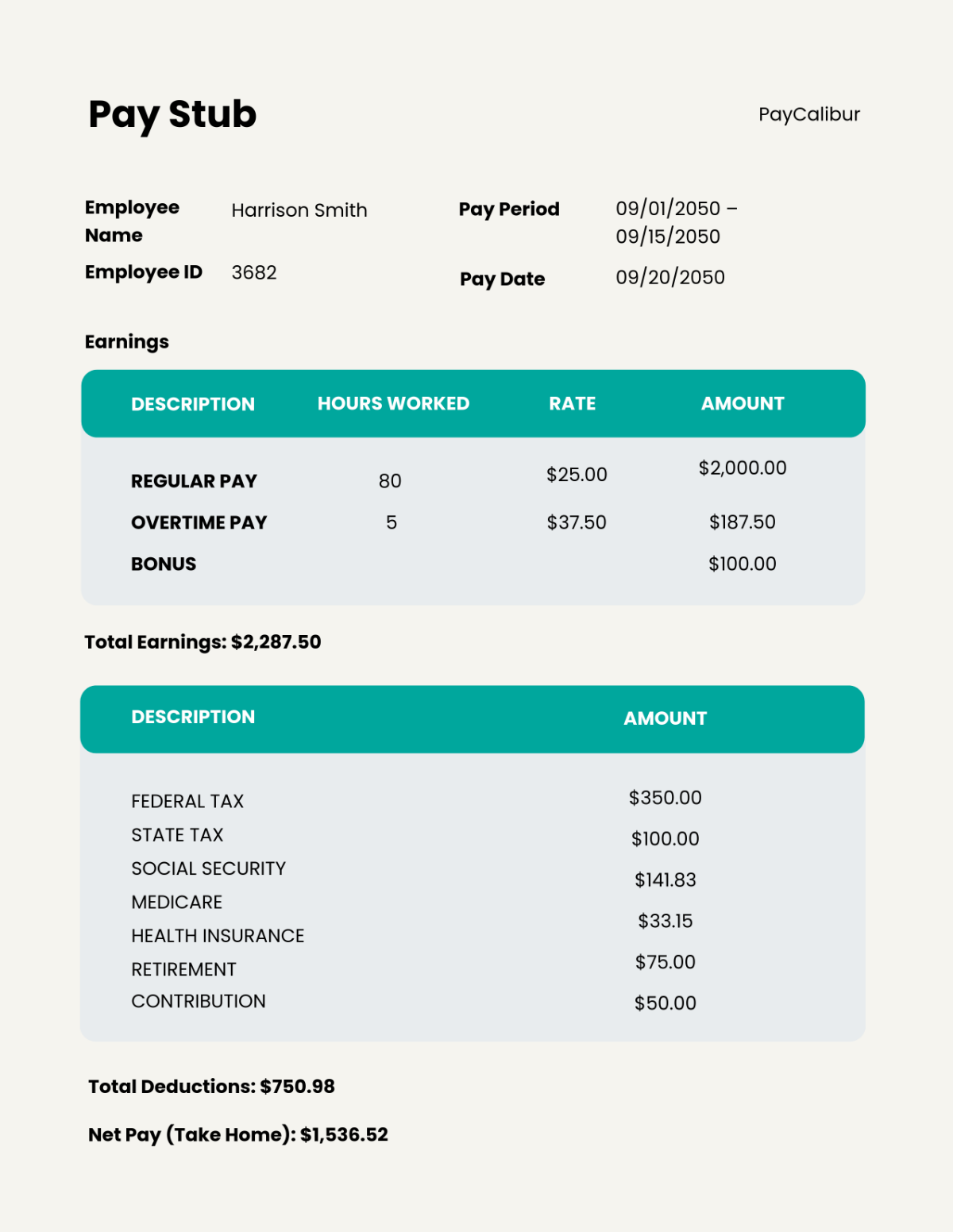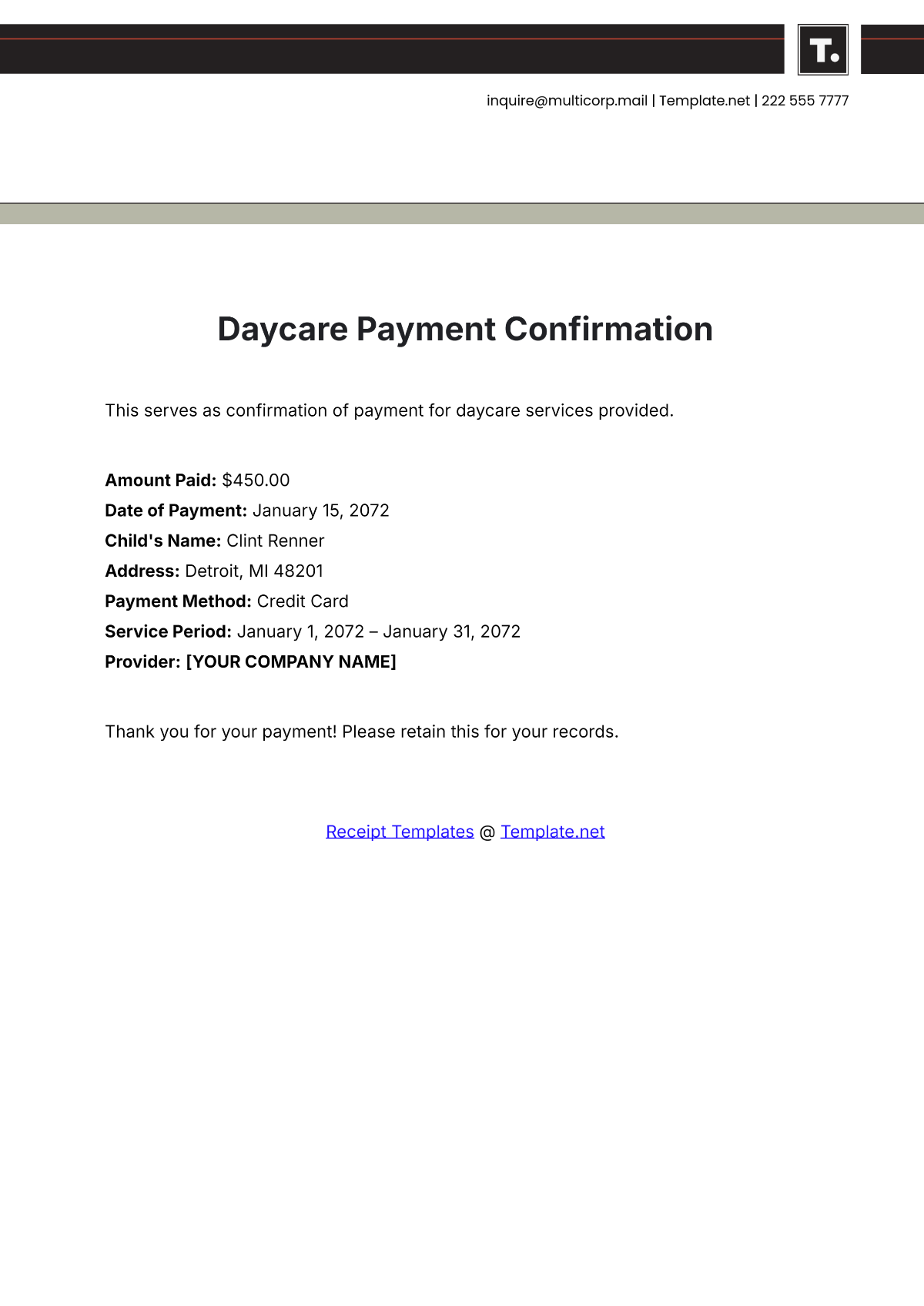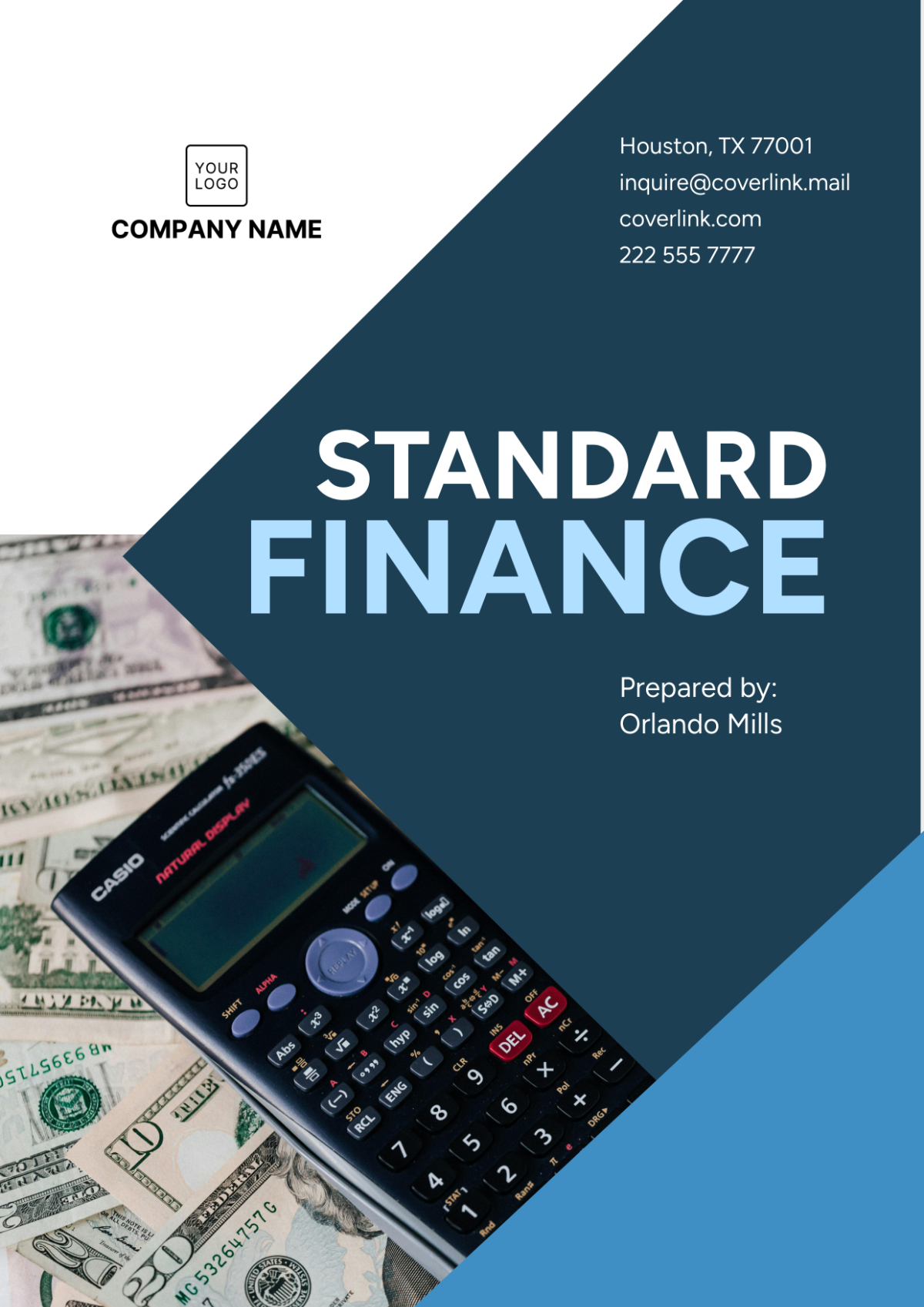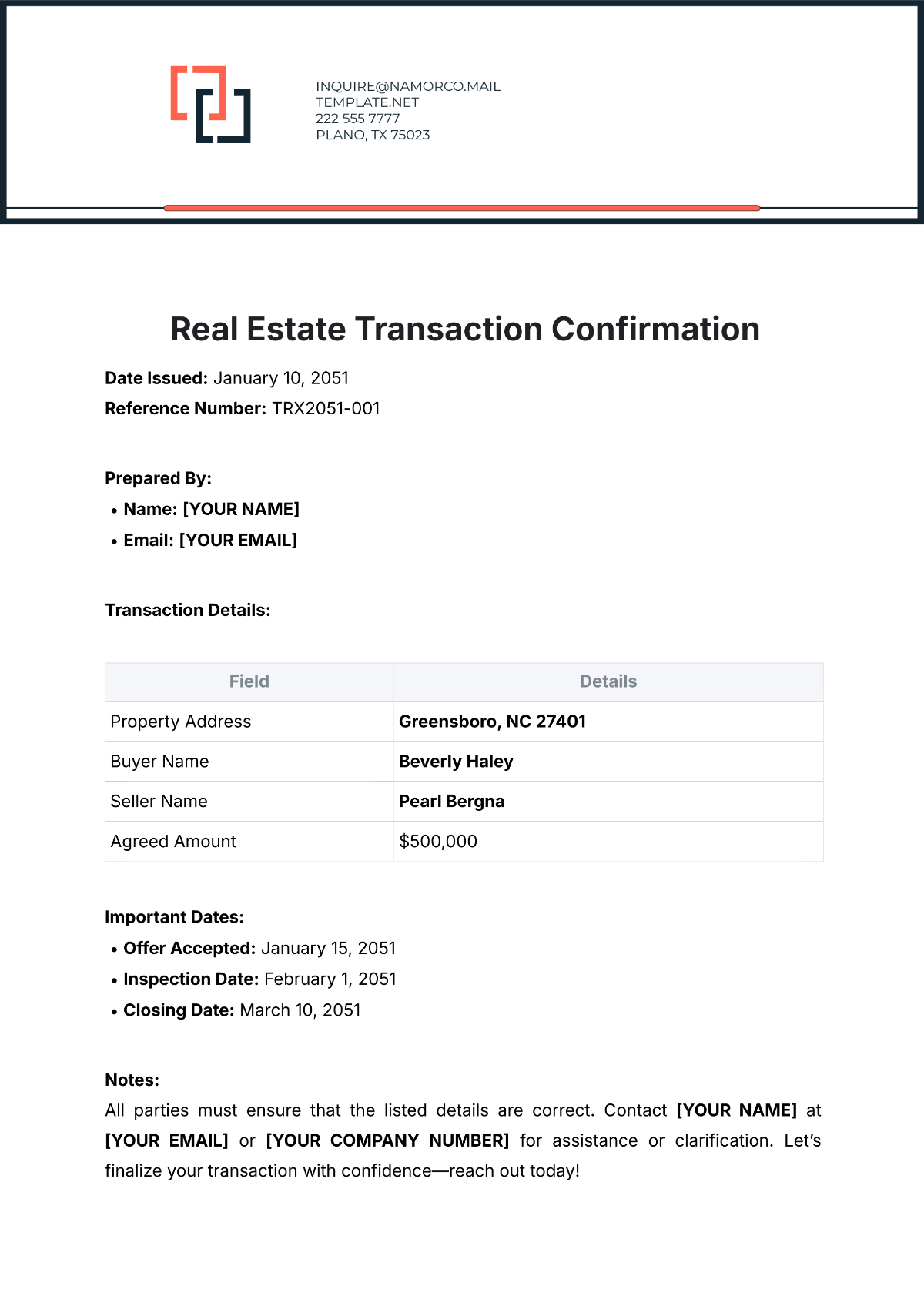Financial Risk Management Summary
Financial Risk Management is the practice of creating economic value in an organization by using financial instruments to manage exposure to risk, primarily credit risk, and market risk. Other types of risks included are foreign exchange risks, shape risk, volatility risk, sector risk, liquidity risk, inflation risk, business risk, legal risk, reputational risk, etc. Managers employ different strategies to reduce these risks to an acceptable level and then continue to monitor and modify strategies as necessary.
Types of Risks
Credit risk refers to the risk that a borrower will default on any type of debt by failing to make required payments. Managers devise strategies to minimize default risks, such as conducting thorough credit analyses and requiring collateral.
Market risk involves the risk of losses in positions arising from movements in market variables, such as changes in various interest rates, volatility in commodities markets, and major downturns in the economy.
Other risks like foreign exchange risk, liquidity risk, and business risk all need meticulous management to maintain economic value and stability for the organization. Reputational and legal risks, while often overlooked, are also critical in ensuring overall corporate well-being.
Risk Assessment
Market Volatility
Utilizing a risk matrix, market volatility was classified as a moderate impact, high probability risk, assigning it a value of [$500,000].
Cybersecurity Threats
Cybersecurity risks were deemed low impact, moderate probability, with a value of [$200,000]. We have highlighted the technologies in place, incident response plans, and the financial impact of a potential breach.
Supply Chain Disruptions
Supply chain disruptions were considered high impact, low probability, with a value of [$1,000,000]. We provided an in-depth analysis of contingency plans, supplier relationships, and potential financial losses.
Risk Management Strategies
Market Volatility
To counter market volatility, [Your Company Name] diversified its investment portfolio, allocating resources to low-risk sectors. We provided a detailed explanation on the specific sectors chosen, risk-return analysis, and the expected impact on overall portfolio stability.
Cybersecurity Threats
Addressing cybersecurity risks involved the implementation of advanced threat detection systems, resulting in a [50%] reduction in potential financial losses.
Supply Chain Disruptions
Strategic partnerships and inventory optimization were key elements in mitigating supply chain disruptions, reducing the impact by [30%]. We provided insights into specific partnership agreements, inventory management strategies, and risk-sharing mechanisms.
Continuous Monitoring and Modification
Risk management is not a one-time task but a continuous process. Constant monitoring is needed to assess if strategies are effective and formally incorporate feedback into strategy modification. This not only safeguards against present risks but also prepares the organization to deal with potential future risks, making it a resilient and sustainable entity in the volatile business landscape.
This integrated approach to financial risk management, incorporating identification, assessment, strategy implementation, and continuous monitoring, creates a compelling narrative that enhances and embodies the brand's unique identity in terms of its risk-awareness and preparedness.
Future Outlook
With emerging technologies and evolving market dynamics, [Your Company Name] anticipates potential risks in AI integration and Global Economic Trends. Plans for further diversification and investment in cybersecurity measures are underway to proactively address these challenges.









